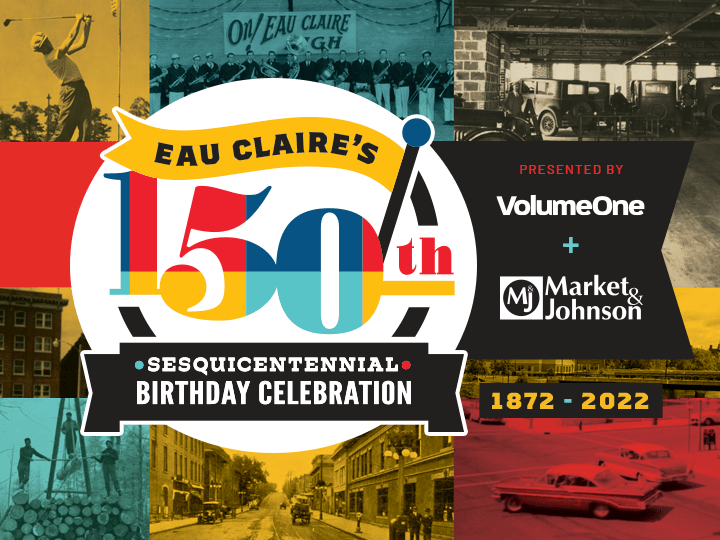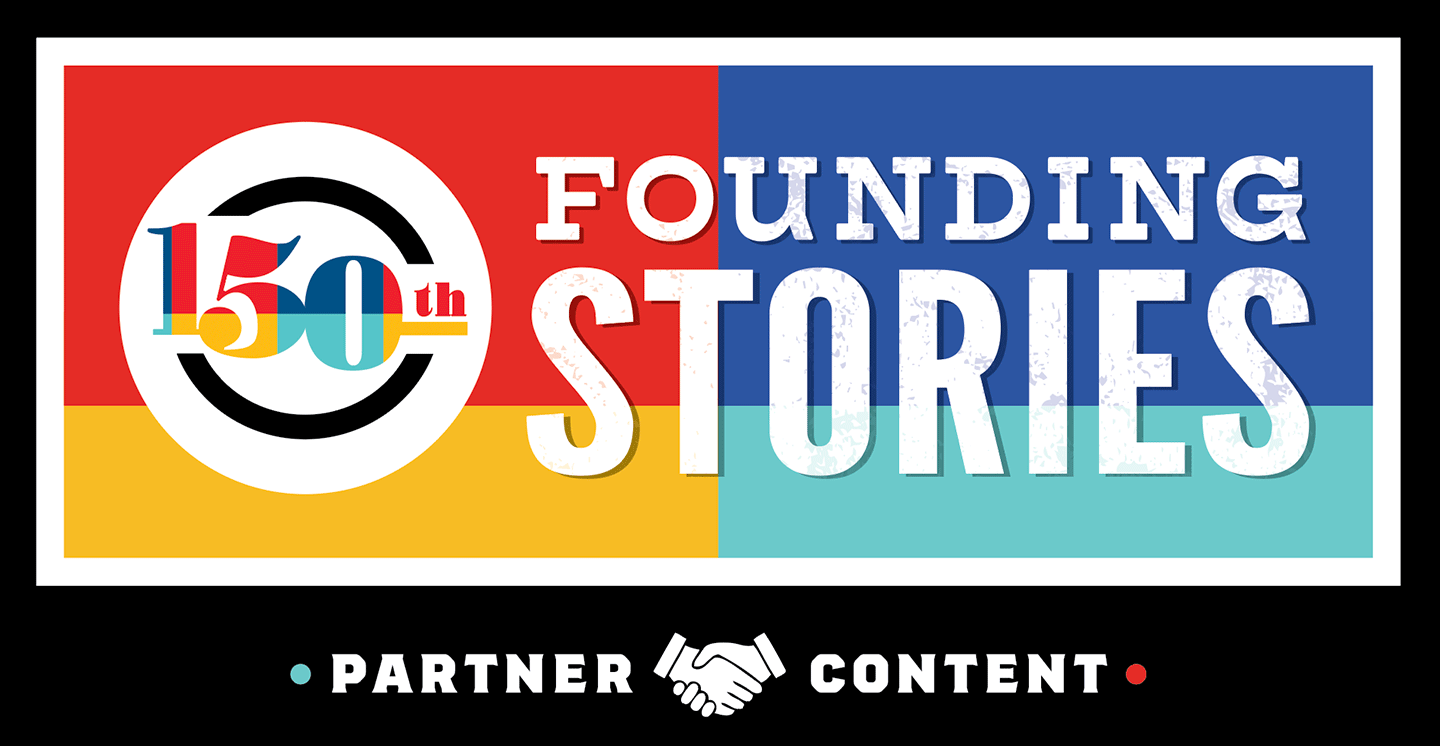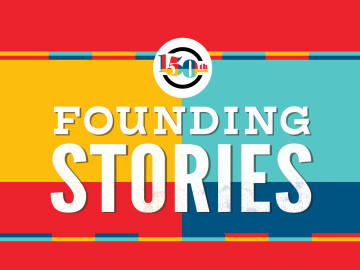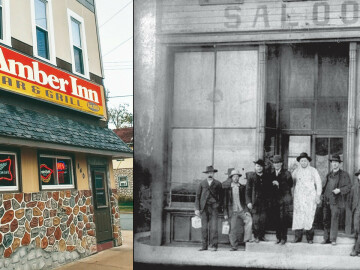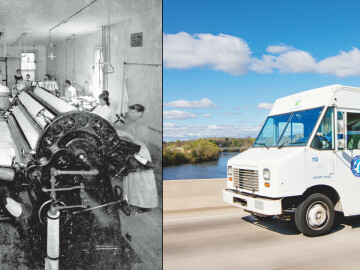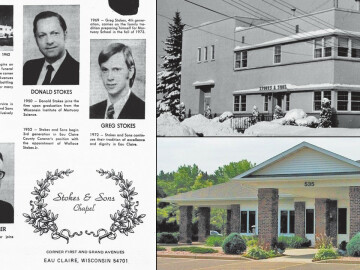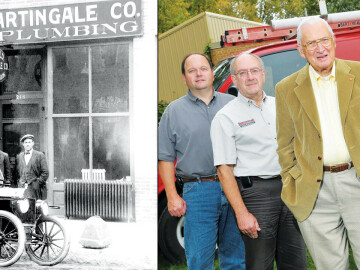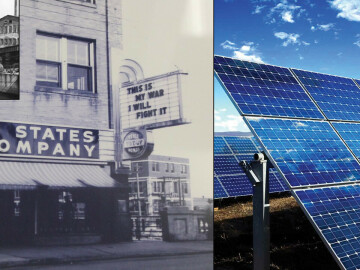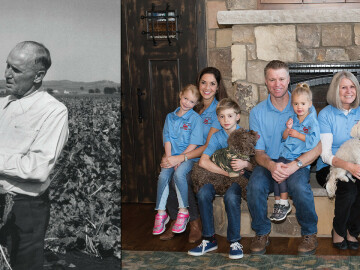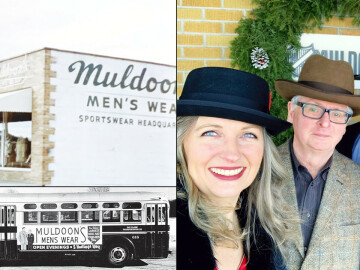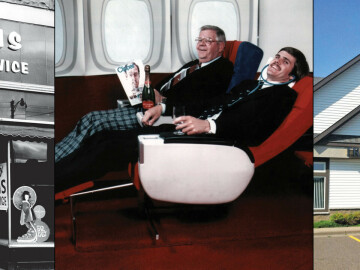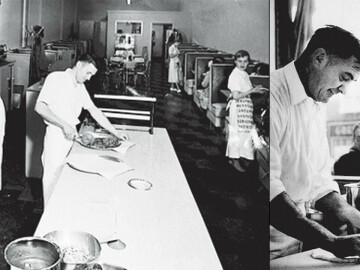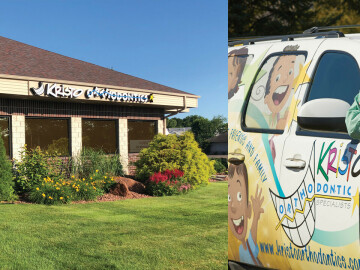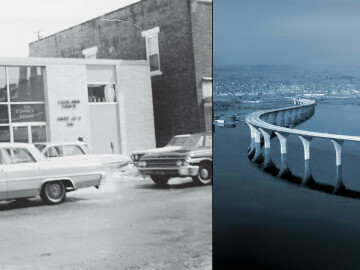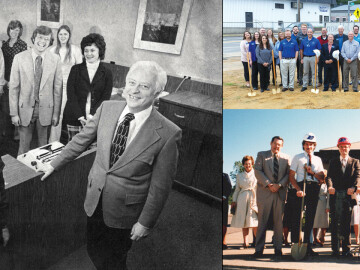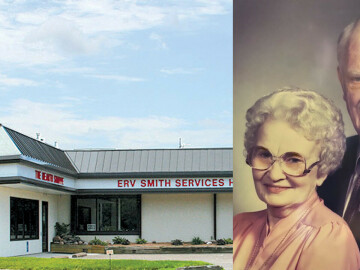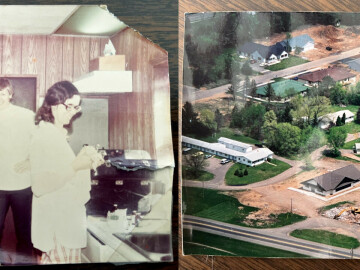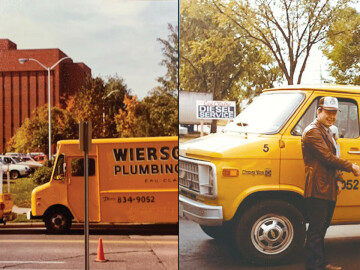How Did Eau Claire Get Its Name?
It’s not as clear as the story you’ve heard

There’s no dispute that “Eau Claire” comes from the French phrase “Clear Water.” In fact, from the community’s earliest days until today, you’ll find “Clear Water” used as an alternate name for the town and some of its businesses, from chiropractors to car washes.
But beyond the direct translation, the story is a bit murky. The most commonly repeated version is this one: When Jonathan Carver and his crew paddled up the Chippewa River on behalf of the British Crown in 1767, one of Carver’s French voyageur crewman waved his hat and proclaimed “Voici, l’eau claire!” upon reaching the confluence of the two rivers in what is now downtown Eau Claire. The name stuck.
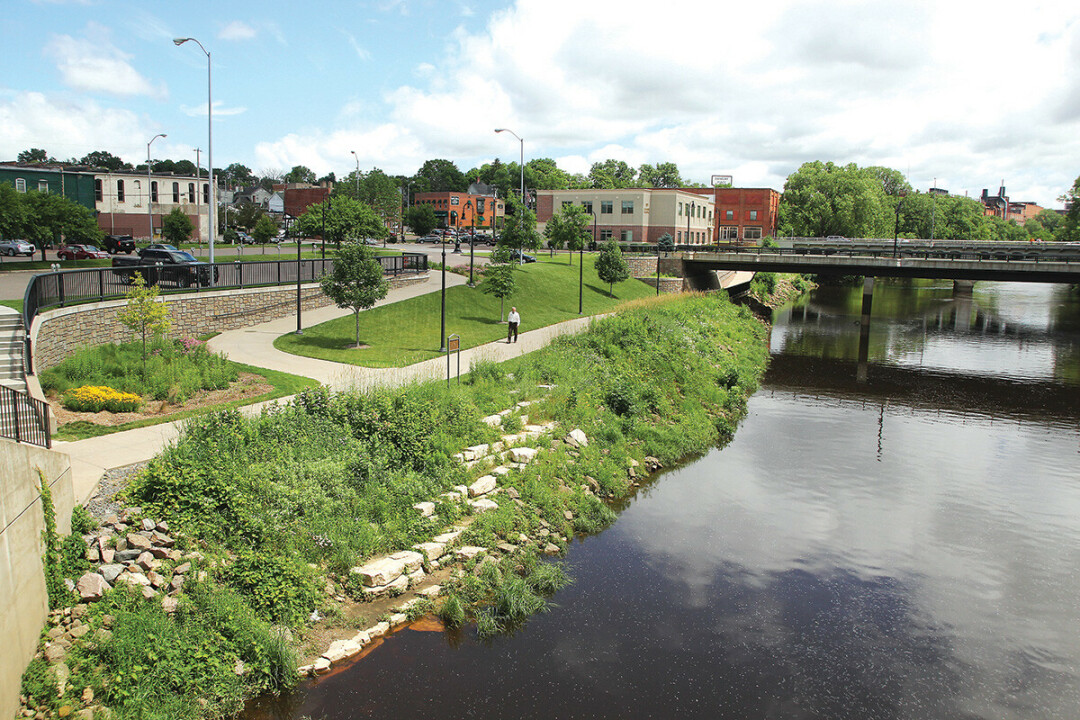
However, this particular tale doesn’t seem to hold water. While the nameless voyageur’s quote has been passed down over the years, it doesn’t appear anywhere in Carver’s published journal of the trip. Carver’s doesn’t even mention the Eau Claire River – let alone a crew member pausing to praise its virtues in French.
Likely, the name goes back earlier, to some of the region’s original inhabitants. According to Robert Gard and L.G. Sorden’s book, The Romance of Wisconsin Place Names, the Ojibwe people called the river “Wah-yaw-con-ut-ta-gua-yaw-Sebe,” which means “the water of the river is clear.” This name shows up in numerous documents from Wisconsin’s early history. It makes a great deal of sense that the Native Americans – who, after all, had been here long before the French – would have named the river themselves.
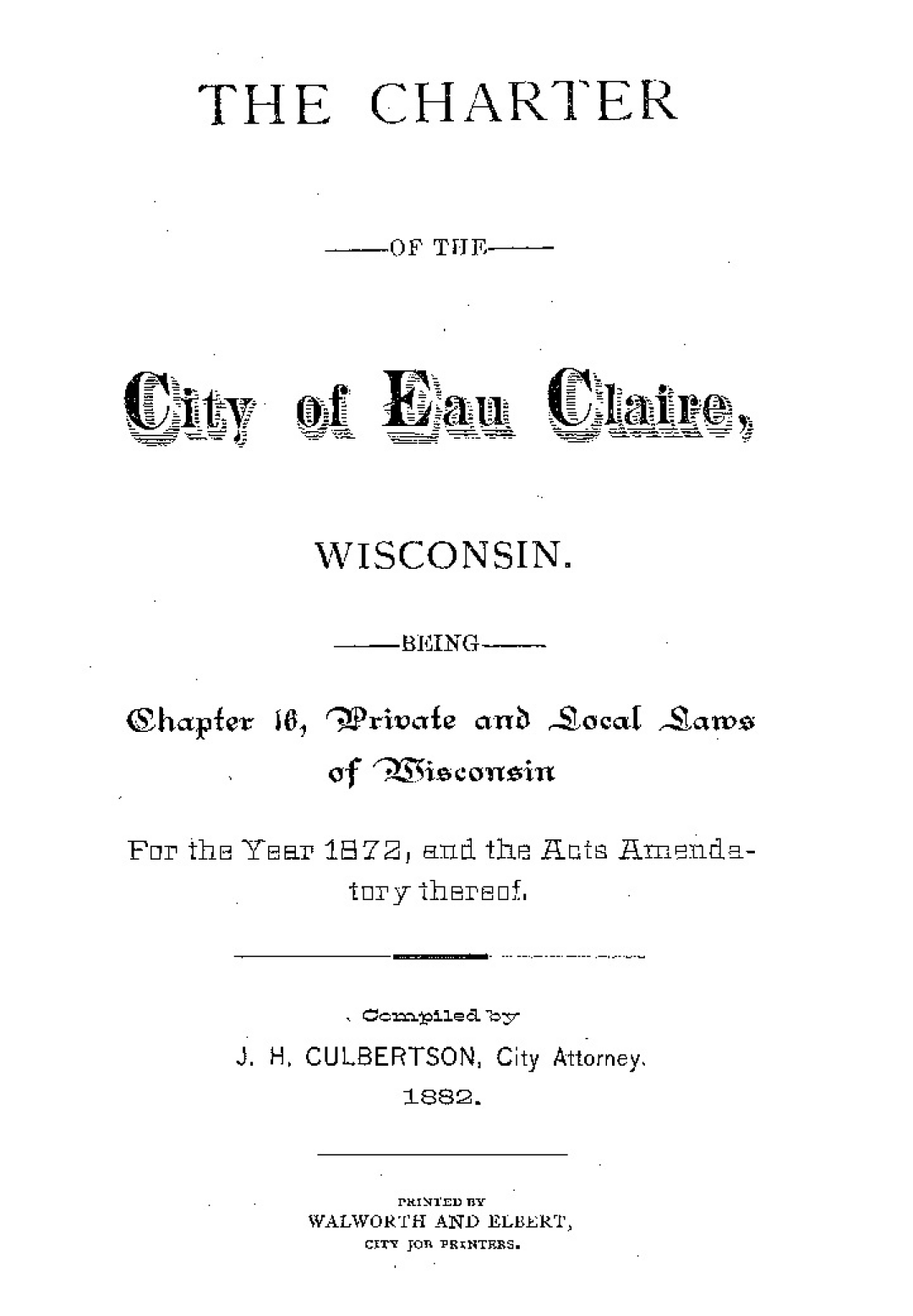
Putting It in Writing
The Wisconsin State Legislature approved a bill to incorporate the City of Eau Claire in March 1872. The new city adopted a charter (shown here) and elected City Council members and the first mayor, Hiram Graham. If the last name is familiar, it’s because Graham Avenue in downtown Eau Claire was later named for him. Eau Claire was led by mayors until 1848, when the current city manager system was adopted.

